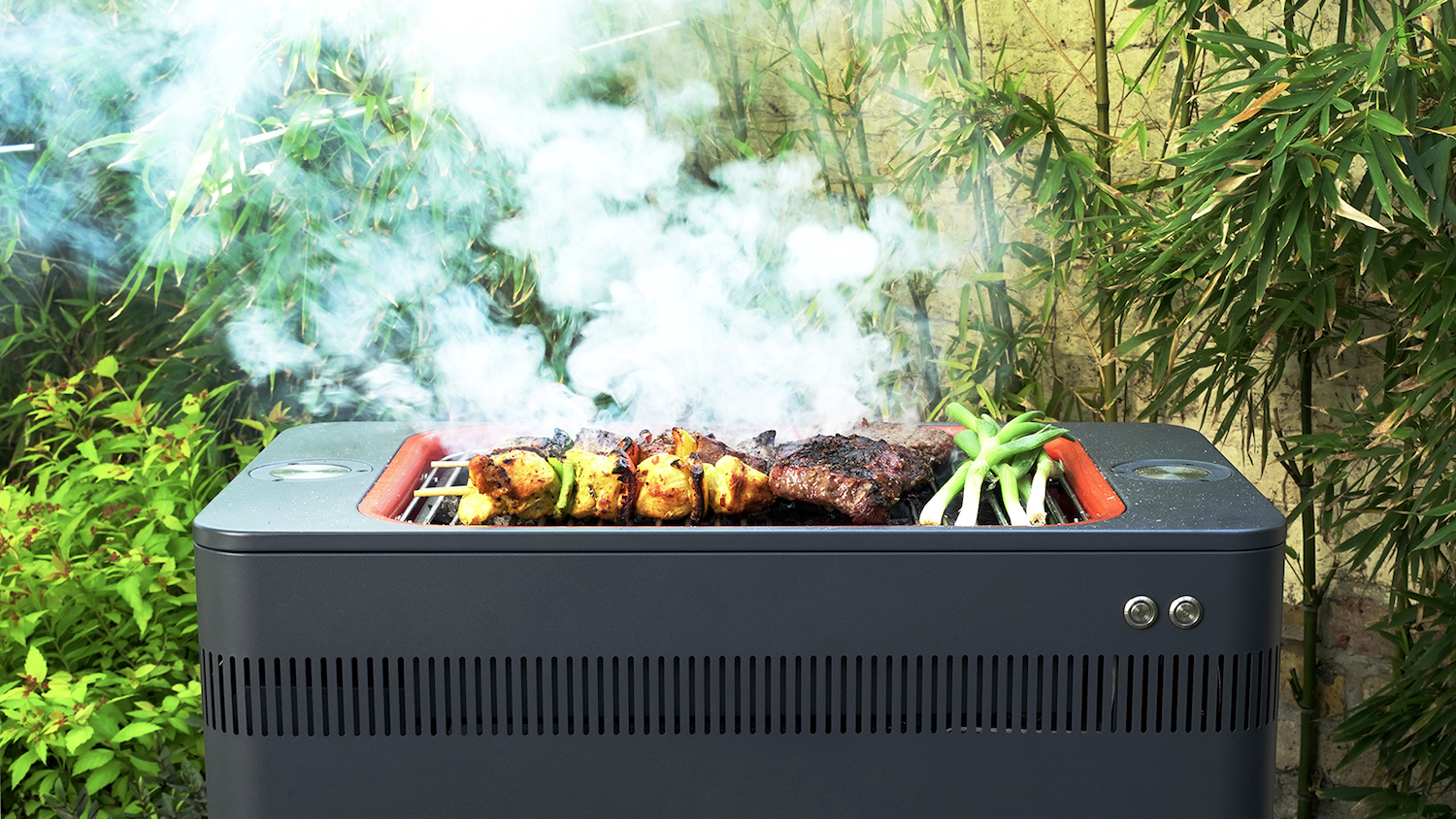Kathryn Tomasetti is an award-winning food and travel writer whose work appears in Delicious and The Guardian. Her favourite food is artichokes.
When Columbus discovered the Americas in 1492 he found Caribbean Arawaks grilling over an open fire. Barabicu referred to the wooden structure that balanced their cooking meat. Contrary to contemporary culture, it was women who tended the flames - although Pimm’s sadly wasn’t invented until 1823. Men speared wild boar or red snapper for the grill. There was no washing up.
By 1526 the cooking method had appeared in Spain print as barbecoa. English dictionary author Samuel Johnson noted “the term barbeque used in the West-Indies for dressing a hog whole...laid flat upon a large gridiron.” The humble barbie found its spiritual home in the southern United States. Evenings were barmy, hogs were plentiful, and open grills were the simplest form of cooking.
Regionalism quickly took root. Hickory, pecan and oak imparted stronger cooking flavours in some states; apple, cherry and maple sweeter smokey tangs in others. In the Carolinas pork was basted with cayenne pepper and tomato, both imports from Spanish South America. So novel were these ingredients that when tomatoes entered Italy in the 16th century, they were thought to be poisonous.
Kansas City style barbeque pioneered ‘dry’ spice rubs and chargrilling for extra flavour. Sugary tomato sauces accompanied each dish. (Columbus’s boats had carried cane plants with them, although sugar was still a luxury in the Old World of Europe). Sauces included the Lexington Dip (with chilli peppers), Alabama White (with mayonnaise and apple cider vinegar) and Floridan (with chipotle and tamarind). Now 97% of American households keep a bottle of all-purpose ketchup in the kitchen.
Barbeque’s current popularity owes itself to suburbia. As private gardens proliferated in the United States, outside entertaining became the vogue. In the 1950s Weber Brothers Metalworks produced a freestanding 'kettle barbeque' that shielded the grill from wind and rain. The company’s original Weber Kettle (from £129) remains a global bestseller today.
A butcher’s top three tips? Firstly, an oil-based marinade is a requisite to stop moisture leaching away. Secondly, avoid fridge chill which could render meat cold in the middle while the outside burns. And finally, don’t bore diners with another banger. A bargain belly pork joint can be slow-baked Texan-style at 110°c using a Weber’s built-in thermometer. After three hours the joint collapses into a fatty goo that would have a Southerner drooling for more.
Want to see more BBQ meat? Not only do we have an incredible BBQ box delivered in London, but plenty else too. Visit our online shop for our meat selection, including chicken, pork, beef, venison and more. Buy online today.




-66e018ff8a7de.png)